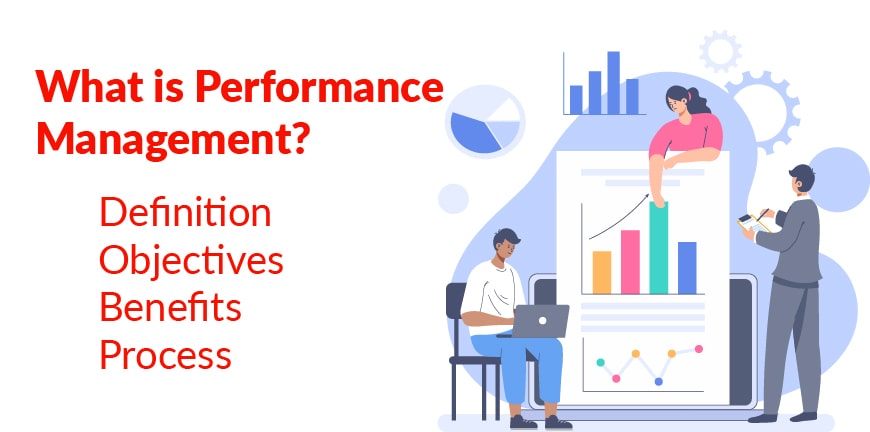
Payroll Vs HR Functions: What is the Difference?
18/11/2024
10 Recruitment Challenges Businesses Will Face in 2025
18/11/2024- What is a Flexible Workforce?
- What Are the Benefits of a Flexible Workforce?
- What are the 3 Examples of a Flexible Workforce?
- What are the 3 Challenges Implementing a Flexible Workforce Strategy?
- How to Create a Flexible Workforce in 2025?
- Are You Looking for a Flexible Staffing Partner?
- Frequently Asked Questions
If you want to hire a flexible workforce, given you know how beneficial it can be, there are some things you need to be prepared for and some challenges you must overcome. This blog discusses how you can hire a flexible workforce and manage it effectively after explaining its benefits.
What is a Flexible Workforce?
A workforce comprised of employees working in different shifts and work patterns whose functions can be adapted to meet the needs of the workplace is called a flexible workforce. A flexible workforce will have several employees working shifts other than the regular 9 to 5 and working either from home or the office or both. It could also involve two or more employees sharing a job role, which is referred to as job sharing.
What Are the Benefits of a Flexible Workforce?
A flexible workforce brings with it several benefits, many of which are outlined below:
Improved work-life balance
A flexible workforce could give employees the freedom to adopt a shift and work style that they find convenient. This improves the work-life balance significantly as people can spend more time outside work doing what they love doing, being with their family.
Savings in time and money
There are significant savings in time and money, when one moves to a flexible workforce. This is because there are savings in the commute, savings when people work shifts, they can directly talk to clients with and reduce the time taken on the project.
Increased Workplace Diversity
A flexible workforce managed well is also generally a more welcoming and diverse one, where talent is given more respect over other considerations. It can also be preferred by people who are highly talented but can afford to work only in certain shifts and perhaps even remotely, again bringing in people from different backgrounds.
Promotes Employee Wellness
The employees are happier because of the freedom to innovate in a shift that is best suited to them. They are healthier too, both mentally and physically as they can maintain a good work-life balance and keep their fitness goals on track also.
Increased Employee Satisfaction
Because of a better work-life balance and better wellness, the employee engagement and satisfaction levels get a boost. Employees are more cognizant and welcoming of the benefits the company offers them.
What are the 3 Examples of a Flexible Workforce?
To fully realize the benefits of a flexible workforce and to manage it better, we need to take three examples. Let us examine them now.
- Work from Home: A flexible workforce can include employees working from home and only commuting to work when asked to come in.
- Flextime Setup: It can also include employees working flexible hours of their choice between two times, deciding when they want to start and stop but everyone works a fixed set of hours.
- Job Sharing: This is a unique way of working where two or more employees work in a specific role. This works especially when teams are on a tight deadline.
What are the 3 Challenges Implementing a Flexible Workforce Strategy?
Miscommunication Can Be a Serious Hurdle
Establishing protocols for communication and collaboration among team members can be a difficult thing to do, especially when a company is just starting out and has little experience of how to manage a flexible workforce.
Setting Up the Work Schedules to Follow Can Be Tricky
Depending on what business you are running and the nature of your work, you would have to decide the work schedules and exact work timings for each person and how many would fall in each shift. This is not very easy and would require great analytical tools.
Lack of Infrastructure Could Become a Bottleneck
When you have to support remote work and still maintain an office or keep your office 24 hours if you have to, then it can become a big challenge if you do not have the technology that enables all this and of course the investment to secure it and the support systems in place to keep it going.
How to Create a Flexible Workforce in 2025?
To build a flexible workforce, there are some key steps that need to be taken. Many of these steps are also ongoing and apply to flexible workforce management as well.
1. Create Clear Policies
Oftentimes confusion at the workplace can be a result of not understanding the rules or due to a lack of clearly defined rules. The idea is not to curb employee autonomy, because if that happens then the very spirit of a flexible workforce is lost. It is instead to ensure that the rules are well laid out and apply to all employees, regardless of their work schedule, in a fair manner.
2. Shortlist and Provide the Right Tools
Employees need to be equipped with the right project management tools, good communication platforms, time tracking tools, and cloud-based sharing tools, to ensure that they give the results expected of them even in a flexible workforce.
3. Provide the Necessary Training
Employees need to be trained in the tools provided to them and the policies in place, so that they can use them effectively. The training will also help speed up their work and consequently help with increasing productivity despite flexible work schedules and even if the mentor is working in a different shift.
4. Cultivate a Culture of Trust
Cultivating a culture of trust helps ensure that you can create a flexible workforce more easily and ensure that it keeps working well too. When working across time schedules and different locations, trust in each other’s capabilities becomes very important.
5. Gather Regular Feedback
How is your flexible workforce progressing? You can track this from the initial days themselves, so you have a greater understanding of what to do to improve. It could be a change to your policies, a need to focus on building a stronger company culture, or even a lack of training.
6. Monitor for Compliance
The flexible workforce needs to be monitored for compliance. You must monitor for compliance monthly from the time you set up the flexible workforce. This will ensure that you do not pay any penalties for fines for violation of any labor laws.
Are You Looking for a Flexible Staffing Partner?
The advantages of a flexible workforce are many but maintaining one can be difficult. Given all the things to be taken care of when building your own flexible workforce, it can get quite challenging even with the support of an efficient HR team. They may lack the analytics tools or the expertise to build a flexible workforce. This is where Alp Consulting, a recruitment and staffing partner with immense experience, becomes a useful ally. Talk to us today and let us help tackle the problems you are facing on your journey to building a flexible workforce.
Frequently Asked Questions
1. What is a flexible workforce?
A flexible workforce is one that is comprised of individuals not working a regular shift but all adapting their functions and managing their time and resources to meet the needs of the business. A flexible workforce is now increasingly popular these days.
2. How do you create a flexible workforce?
You can create a flexible workforce by creating a culture of trust, maintaining policies that help it stay intact and training employees on how to communicate and collaborate effectively with one another, ensuring that the workforce productivity increases.
3. What are examples of flexible workforces?
A flexible workforce is one comprising employees working different schedules, even in different locations, possibly even with varying work rules. Work from home, flextime setup and job sharing are three good examples.
How do you manage a flexible workforce?
To manage a flexible workforce, you must start with ensuring that the policies are being followed by everyone, then you must encourage people to develop trust in each other’s capabilities and third, you must never overlook any issue in compliance, as it can cost a lot.
Contact Us For Business Enquiry

Rajkumar Shanmugam
Rajkumar Shanmugam is the Head of HR at ALP Consulting, bringing over 19 years of comprehensive HR leadership experience across India and international markets. His expertise spans talent acquisition, employee relations, performance management, compliance, and HR transformation. Rajkumar has a proven track record of driving people-centric initiatives, enhancing workplace culture, and aligning HR strategy with business goals. With extensive experience in US staffing operations and global mobility, he continues to lead organizational excellence through innovation and employee engagement.




